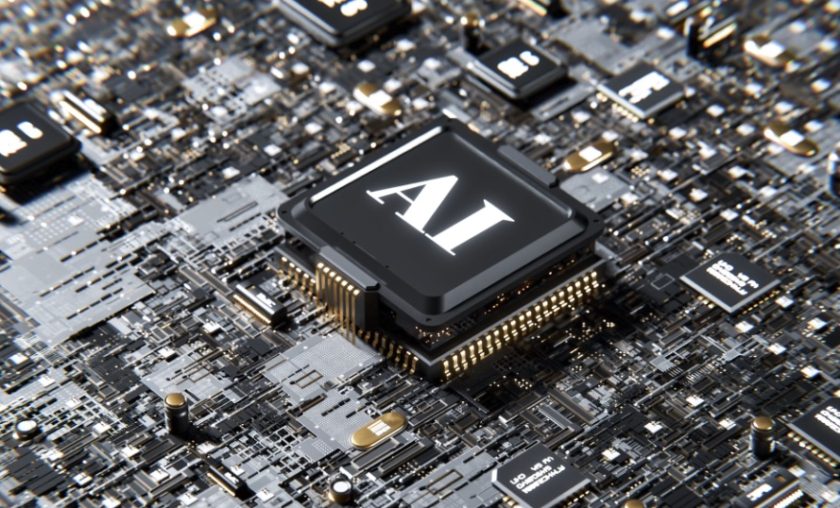What are the Risks of AI Trading?

As Artificial Intelligence (AI) continues to revolutionize the world of finance, particularly in the realm of trading, it’s essential to acknowledge and understand the potential risks involved. While AI trading offers the promise of enhanced efficiency, precision, and profitability, it is not without its pitfalls. In this article, we explore the various risks associated with AI trading and how investors can navigate them effectively.
Volatility and Market Uncertainty
In the realm of AI trading, particularly within automated cryptocurrency bot trading, volatility and market uncertainty stand out as significant risks. Cryptocurrency markets, in particular, are notorious for their extreme volatility, characterized by rapid and unpredictable price swings. These fluctuations are influenced by a myriad of factors, including market sentiment, regulatory developments, and technological advancements, making them challenging for AI algorithms to predict and adapt to effectively.
While AI algorithms excel at analyzing vast amounts of data and identifying potential trading opportunities, they may struggle to anticipate sudden market movements or unexpected events. Cryptocurrency prices can experience sharp spikes or crashes in response to breaking news, regulatory announcements, or large buy or sell orders, catching automated trading systems off guard and potentially leading to significant losses for investors.
Moreover, the decentralized nature of cryptocurrency markets exacerbates volatility, as prices can vary significantly across different exchanges and trading pairs. This fragmentation can make it challenging for AI algorithms to accurately assess market conditions and execute trades with precision, further amplifying the risks associated with automated cryptocurrency bot trading.
To mitigate the risks posed by volatility and market uncertainty, traders employing AI trading strategies must adopt a cautious and adaptive approach. This involves implementing robust risk management measures, such as setting stop-loss orders, diversifying trading strategies, and closely monitoring market developments in real-time. Additionally, incorporating safeguards to detect and respond to sudden market movements or anomalies can help mitigate the impact of volatility on trading performance.
Despite the challenges posed by volatility, many traders continue to leverage AI trading strategies to capitalize on market opportunities and navigate the complexities of cryptocurrency markets. By combining advanced algorithms with diligent risk management practices and a deep understanding of market dynamics, investors can mitigate the risks associated with volatility and increase their chances of success in the dynamic world of AI trading.
Overfitting and Data Biases
Another risk associated with AI trading is the phenomenon of overfitting, wherein trading algorithms become overly optimized to historical market data, resulting in poor performance in real-world trading conditions. Overfitting can lead to false signals, erroneous trading decisions, and ultimately, losses for investors. Additionally, AI algorithms may be susceptible to biases inherent in the data they are trained on, leading to skewed or inaccurate predictions.
For example, during periods of market volatility or regulatory changes, an overfit algorithm may generate false signals or make erroneous trading decisions, ultimately resulting in losses for investors.
Technical Glitches and Malfunctions
Technical glitches and malfunctions present a formidable risk in AI trading, potentially leading to significant financial losses if left unchecked. Automated trading systems, such as cryptocurrency bots, rely on sophisticated algorithms and infrastructure to execute trades seamlessly. However, despite their complexity, these systems are not immune to technical issues, ranging from software bugs to connectivity problems and data feed errors.
For instance, consider a scenario where a cryptocurrency bot experiences a software glitch that causes it to execute trades based on inaccurate or outdated data. As a result, the bot may inadvertently buy or sell assets at unfavorable prices, leading to losses for the investor. Similarly, connectivity issues or server downtime can prevent the bot from accessing real-time market data or executing trades, further exacerbating the risk of financial losses.
One notable example of the impact of technical glitches in AI trading is the “flash crash” of May 6, 2010, in traditional financial markets. During this event, automated trading algorithms exacerbated market volatility, causing the Dow Jones Industrial Average to plunge nearly 1,000 points in a matter of minutes before quickly rebounding. While the exact cause of the flash crash remains disputed, it serves as a stark reminder of the potential risks posed by technical glitches and malfunctions in automated trading systems.
To mitigate the risks associated with technical glitches and malfunctions, traders must implement robust monitoring and oversight mechanisms. This includes regularly monitoring the performance of automated trading systems, conducting thorough testing and quality assurance procedures, and promptly addressing any issues or anomalies that arise. Additionally, incorporating fail-safe mechanisms and backup systems can help minimize the impact of technical disruptions on trading operations.
Lack of Human Oversight
While AI trading offers the promise of automation and efficiency, it also carries the risk of reduced human oversight. Automated trading systems can execute trades autonomously based on pre-defined algorithms, with minimal intervention or supervision from human traders. This lack of human oversight can increase the potential for errors, misinterpretations, and unintended consequences, particularly in rapidly changing market conditions.
For example, during the “flash crash” of May 6, 2010, in traditional financial markets, automated trading algorithms exacerbated market volatility by executing trades without human oversight. This lack of human intervention contributed to a rapid and steep decline in stock prices before quickly rebounding, highlighting the potential dangers of relying solely on automated trading systems in dynamic and unpredictable market environments.
Regulatory and Compliance Risks
AI trading also presents regulatory and compliance risks, particularly in the highly regulated financial industry. As automated trading systems become more prevalent, regulators are increasingly scrutinizing their use and impact on financial markets. Traders and investors must navigate complex regulatory frameworks, including requirements related to algorithmic trading, market manipulation, and investor protection. Failure to comply with regulatory obligations can result in legal sanctions, financial penalties, and reputational damage for individuals and firms engaged in AI trading.
Conclusion: Mitigating Risks Through Diligence and Oversight
In conclusion, while AI trading offers the potential for enhanced efficiency and profitability, it is not without its risks. Volatility, overfitting, technical glitches, lack of human oversight, and regulatory concerns are just a few of the challenges investors may encounter in the realm of AI trading. However, by conducting thorough due diligence, implementing robust risk management measures, and maintaining vigilant oversight, investors can mitigate these risks and harness the power of AI trading effectively. With careful planning, monitoring, and adaptation, AI trading can be a valuable tool for navigating the complexities of financial markets and achieving investment objectives.
Spotted something? Got a story? Send a Facebook Message | A direct message on Twitter | Email: [email protected]
Latest News









